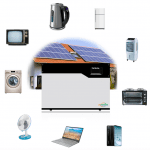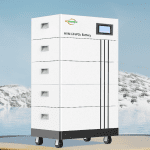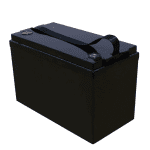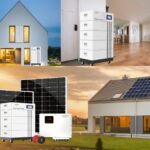How to install the residential solar energy system
Solar energy is a trendy choice for homeowners, and it’s easy to see why. Solar energy is clean, renewable, and has virtually no operating costs. It can be installed on your roof or in a ground-mounted array, depending on your home’s location, orientation, and size if you’re considering installing solar panels at your home or business but don’t know where to start. This guide will walk you through every step of the process. We’ll cover everything from selecting an installer, determining how much electricity you need, and planning out your battery system. By the time we finish here, you’ll have all the information necessary to install residential solar panels today!
Select A Solar Installer
So you decide to go solar. Congratulations! It’s time to find a solar installer. Finding an installer certified by the National Renewable Energy Laboratory or its partner is better. These certifications ensure they meet specific standards and are qualified to install the system properly.
Finally: experience matters–not just technical expertise but also customer service skills! Make sure any potential installers have plenty of experience installing residential systems before signing anything off on one. If anything goes wrong during installation, knowing how to solve those problems will save time and money later.”
Determine Your Solar Panels
The first step in installing your residential solar energy system is to determine the size of your solar panels. A solar panel’s size is measured in watts and depends on how much power you want it to generate. The more watts, the more electricity can be caused by one panel.
If you’re unsure what size solar panel would work best for your home. Consult with an expert in renewable energy sources who will help determine how many boards are needed based on factors like:
Roof space available. Smaller ones may be better suited for installation if there isn’t enough room for large-sized panels on top of your roof. However, remember that this could mean fewer kilowatts produced yearly than if larger ones were used instead. Power usage needs. Available budget since larger systems cost more upfront but may save money over time because they last longer than small ones. Location considerations such as climate conditions or shade obstructions nearby trees/buildings
Choose Your Inverter
Inverter is a device that converts solar panels’ direct current (DC) into alternating current (AC). You need an alternating current to run household appliances.
The first thing you need to know about inverters is how they work because this will help you decide which one is best for your home. Inverters have two main functions: convert direct current into alternating current and regulate voltage. So that the voltage will not fluctuate too much when there is less sunlight or the clouds block the light. Efficient inverters are crucial for obtaining energy from solar panels and saving electricity bills!
Pick A Battery System
Now that you’ve decided to install a solar energy system, it’s time to pick out your battery system. The battery is essential to your solar power system because it helps store energy for later use and can save money on electricity bills. It also means that during blackouts. You can still power your home using stored energy from the battery instead of relying on traditional fuel sources like coal or natural gas.
The type of battery pack depends on how much space is available in your hand and how much power needs storing at any given time. If only one person lives there, maybe they only need something small enough. It doesn’t take up too much space but can still provide enough storage capacity so they won’t turn off the lights after dark. But if multiple people live together, maybe consider getting something bigger since their usage patterns might vary more widely than someone living alone.
Set up a solar energy system for your home.
A solar energy system is a device that collects the sun’s energy, converts it into electricity, and sends it to your home.
You may need to consider installing panels near roofs or other buildings. So as not to be blocked by trees or other objects blocking the sun at a specific time of day or year. However, it is better not to install them directly under a big tree because there is not much time around. Big trees may block them from getting enough sunlight!
If you’re ready to go solar, we hope this article has helped you start your journey. As we mentioned at the beginning of this post, the amount of money you can save by installing a residential solar energy system is staggering. And it doesn’t take much time or effort on your part! So if you’ve been thinking about switching to renewable energy sources but haven’t gotten around to doing so, now is certainly not too late.









